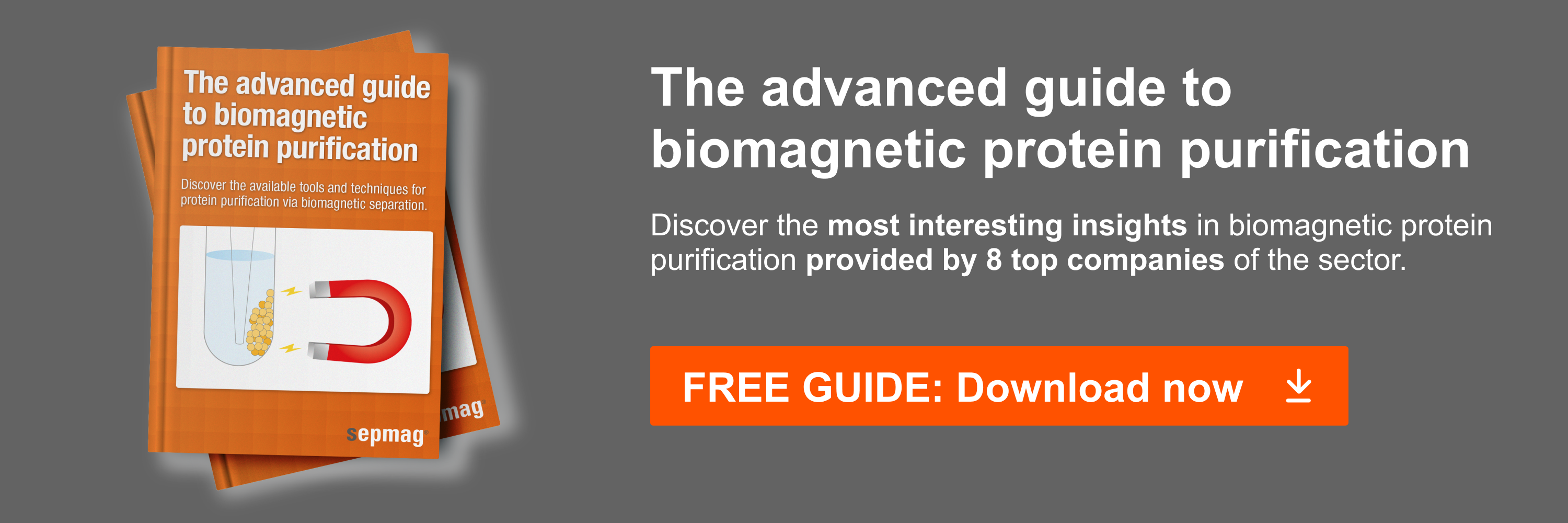Customizable Nanoframeworks are one of the most exciting innovations in the world of nanochemistry. There are two main classifications of nanoframeworks. The first is the Metal-Organic framework (MOF). A MOG is a classification of a compound that consists of a metal linked to an organic ligand to form a coordinated structure in 1, 2 or 3 dimensions.
The second is a Covalent-Organic framework (COF), which is a crystalline porous organic framework with two or three dimensional properties. A COF is usually, but not always, limited to light elements (H, B, C, N and O) . Both possess a π-conjugated system and have a wide porous volume that can be tuned with the selection of a linker. This linker also has further effects on the electronic structure of the material. Thousands upon thousands of different, unique frameworks have been identified, leading to a variety of sizes that range from the nm to mm range. However, in all cases, the porosity of the framework benefits from a high surface area to volume ratio, leading to many different applications using a delivery mechanism that benefits from rapid diffusion.
MOF vs COF
The main difference between a MOF and a COF is that having a centered metal with coordinated ligands results in coordination bonds, whereas a covalent organic framework has only covalent bonds. As a result this leads to a number of different properties. A COF usually has a rigid framework with pore sizes below 1 nm, whereas MOFs show varying levels of flexibility and a generally larger pore size. The two are also produced in two very different syntheses.
The most famous example of a covalent organic framework is graphite/graphene, which has unique 2 dimensional properties and is widely used in research such as carbon nanotubes. Both MOFs and COFs are for sale commercially at companies such as cd-bioparticles, and have a variety of clinical and commercial applications.
Using Linkers in a Framework
As mentioned previously, the selection of the linker in the framework determines its final shape and its properties. This gives rise to different spatial structures. As of January 2023, over 70,000 different combinations of metal and ligand linkers have been identified, leading to vast diversity of different MOF frameworks and applications. Thousands of different COF structures have been identified as well. The choice of linker can help determine the application. For example, an inexpensive carboxylic linker is popular for MOFs that are used for energy storage, since they are stable and inexpensive. Bipyridine block linkers, by comparison, have innate redox potential that make them popular for catalytic MOFs. Some linkers can have innate optical activities that make them useful for tracking or observing changes. A2B2 porphyrins, for example, have activatable phototoxicity.
Application of NanoFrameworks: energy storage
Energy storage has been of particular interest, especially with regards to Hydrogen fuel. Storage of hydrogen is of particular concern, as it must remain in gaseous form, and the development of hydrogen storage methods that decrease the contaminant pressure is useful. Certain structures for MOFs and COFs have both been shown to be effective at storing hydrogen gas. Numerous projects are currently in research developing various frameworks to store hydrogen gas as a fuel cell for a vehicle.
Applications of NanoFrameworks: drug delivery
The ability to store materials in the pore of the framework has attracted great interest. One such example has been seen with directed chemotherapy using a MOF. In this case, a MOF was conjugated with genetic information matching that of a cancerous cell. The pore was then filled with toxic chemo agents, traditionally administered to the entire body in chemotherapy. Under this model, the MOF is designed to deliver the chemotoxins upon binding to a cell with matching genetic markers - I.E. cancer cells. While this is far from being clinically available and requires significant more research, directed chemotherapy is a promising method for the future.
Magnetic nano frameworks
Given the large versatility of frameworks, the combination of magnetic particles with MOF crystals is one of many useful applications. In the resulting nanocomposite material, the application of magnetic force can be used to collect the MOF, direct it to a specific position or, by destroying the structure in certain designs, induce drug delivery. Modern biomagnetic separation systems allow the use of well-defined constant magnetic force in large volumes, helping for a controlled manufacturing and use of magnetic MOFs.
Related news
- Magnetic immunoprecipitation (IP) input into western blot analysis
- Monoclonal vs. Polyclonal antibodies
- ELISA standard curve





